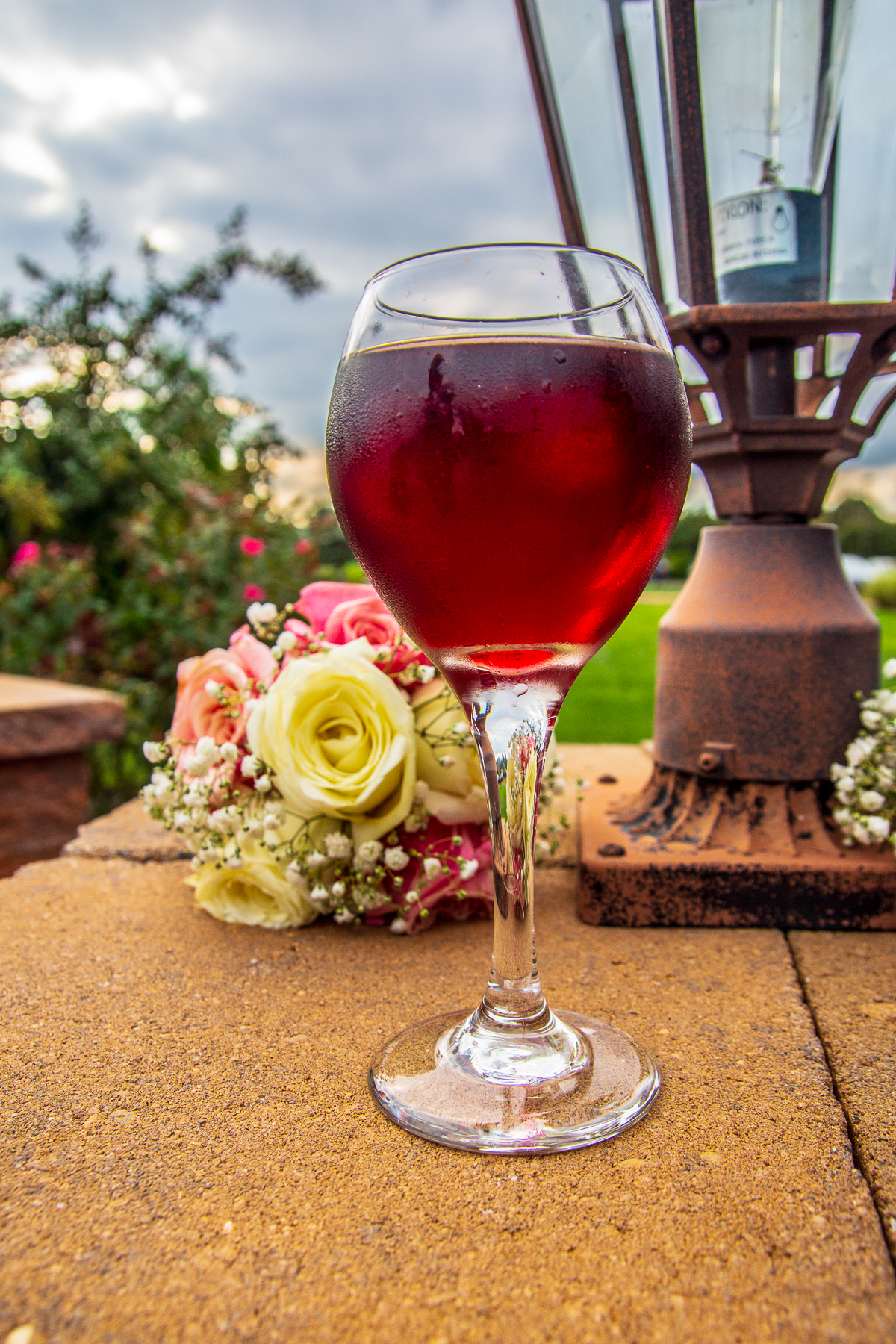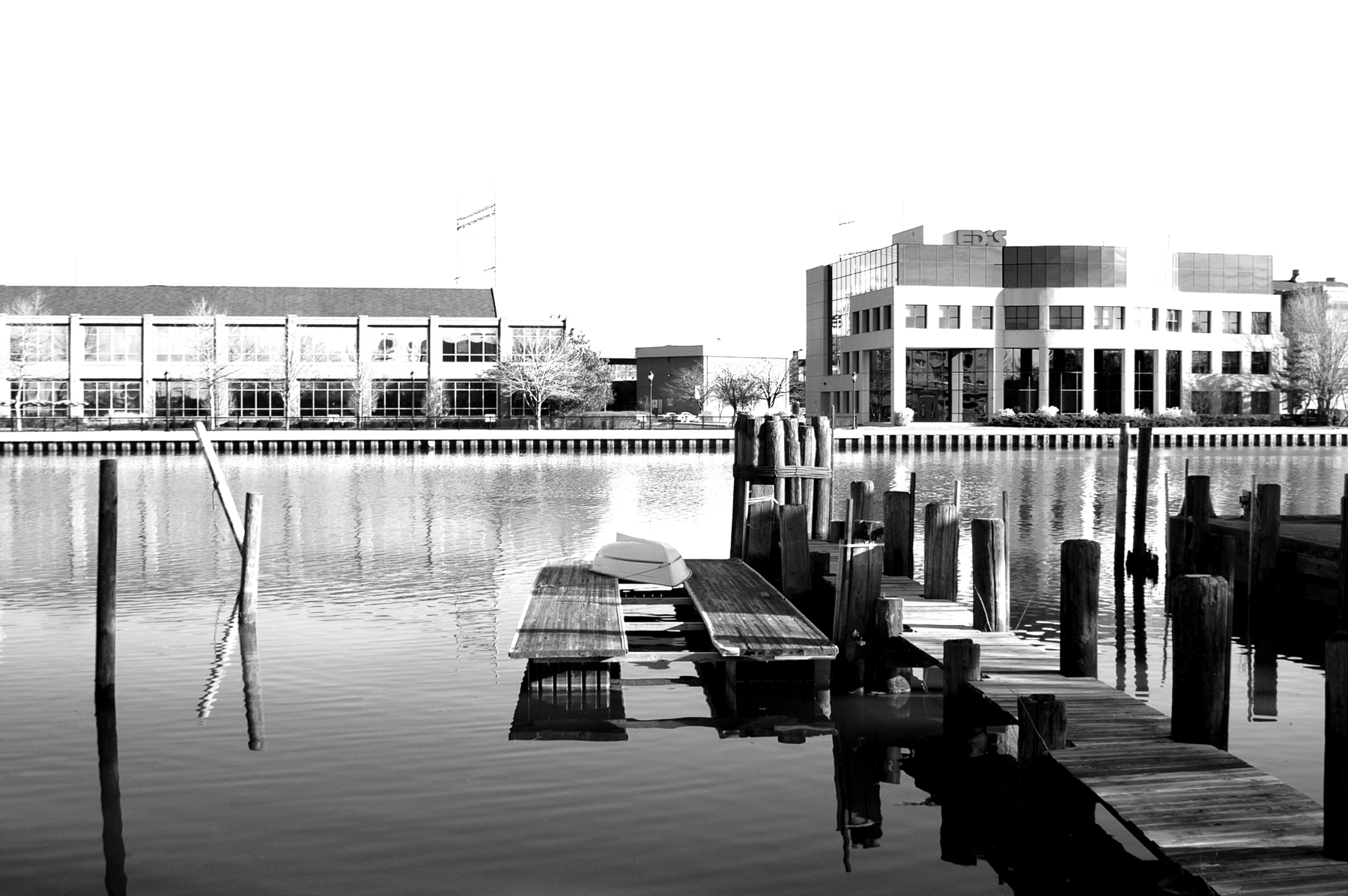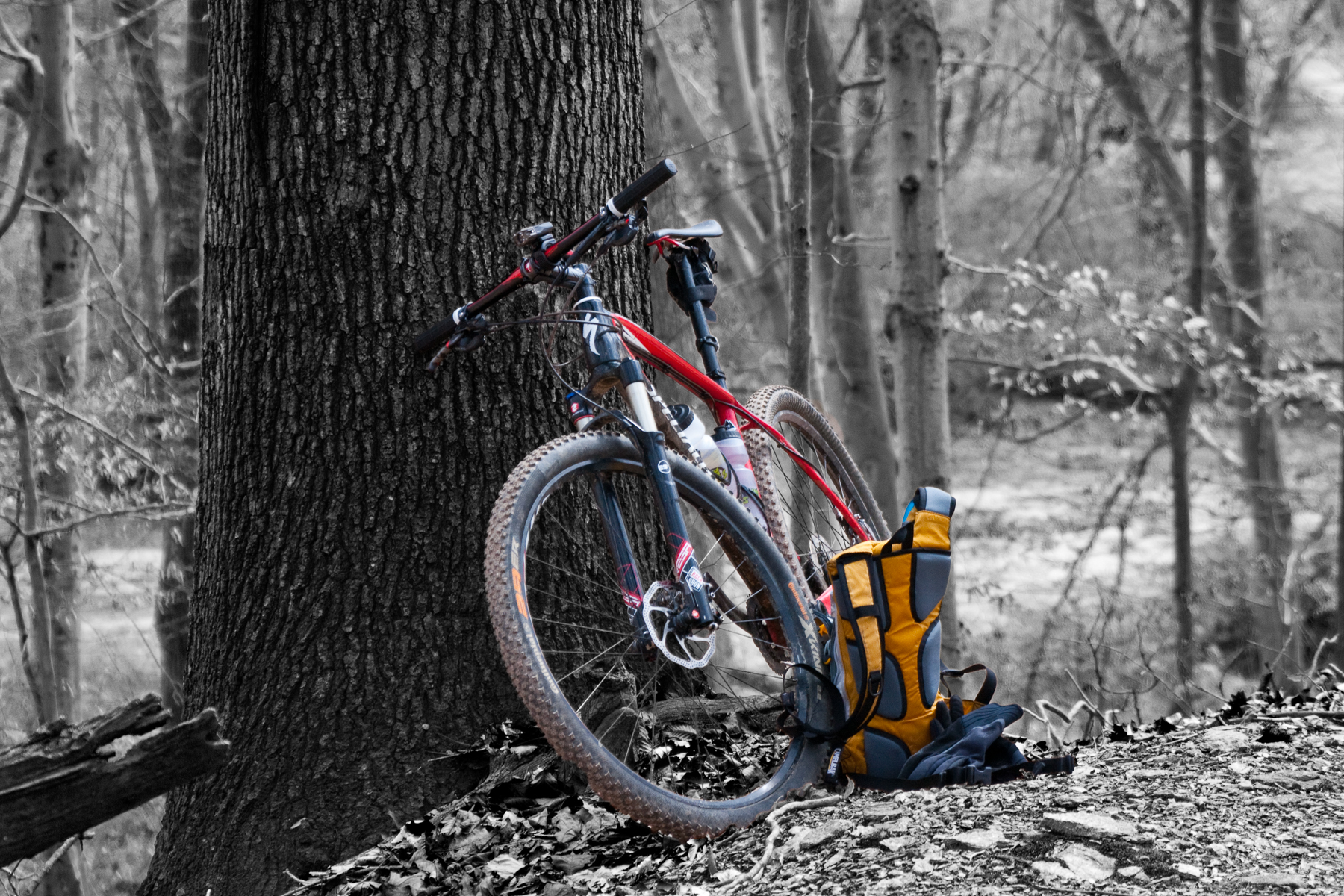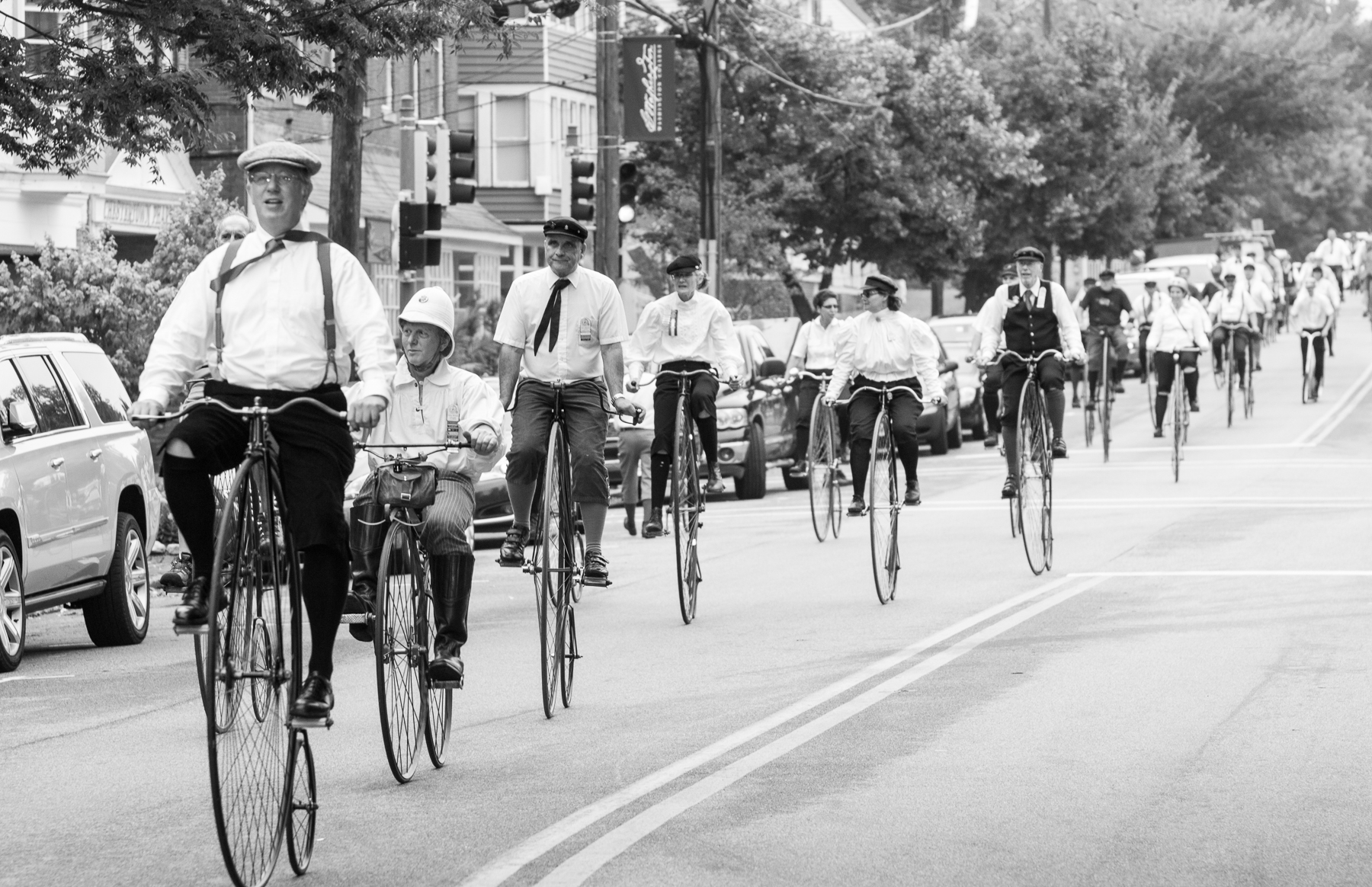Portraiture
Portrait photography or portraiture is photography of a person or group of people that displays the expression, personality, and mood of the subject. Like other types of portraiture, the focus of the photograph is usually the person’s face, although the entire body and the background or context may be included.
Approaches to Portraiture
There are essentially four approaches that can be taken in photographic portraiture — the constructionist, environmental, candid and creative approaches. Each approach has been used over time for different reasons be they technical, artistic or cultural. The constructionist approach is when the photographer in their portraiture constructs an idea around the portrait happy family, romantic couple, and trustworthy executive. It is the approach used in most studio and social photography. It is also used extensively in advertising and marketing when an idea has to be put across. The environmental approach depicts the subject in their environment be that a work, leisure, social or family one. They are often shown as doing something, a teacher in a classroom, an artist in a studio, a child in a playground. With the environmental approach more is revealed about the subject. Environmental pictures can have good historical and social significance as primary sources of information. The candid approach is where people are photographed without their knowledge going about their daily business. Whilst this approach taken by the paparazzi is criticized and frowned upon for obvious reasons, less invasive and exploitative candid photography has given the world superb and important images of people in various situations and places over the last century. As with environmental photography, candid photography is important as a historical source of information about people. The Creative Approach is where digital manipulation (and formerly darkroom manipulation) is brought to bear to produce wonderful pictures of people. It is becoming a major form of portraiture as these techniques become more widely understood and used.
Styles of Portraiture
There are many different techniques for portrait photography. Often it is desirable to capture the subject’s eyes and face in sharp focus while allowing other less important elements to be rendered in a soft focus. At other times, portraits of individual features might be the focus of a composition such as the hands, eyes or part of the subject’s torso. Additionally another style such as head shot has come out of the portraiture technique and had become a style on its own.
Traditional– Formal senior portraits, in and of themselves, date back at least to the 1880s in America. Some traditional senior portrait sittings include a cap and gown and other changes of clothing, portrait styles and poses. In recent decades, the convention has been to feature male students in tuxedo jackets and female students in a silk or fur drape and a pearl necklace which is meant to simulate the appearance of a formal gown. In some schools a portrait studio is invited to the school to ensure all senior portraits (for the yearbook) are similar in pose and style, and so that students who cannot afford to purchase these portraits on their own or choose not to purchase portraits will appear in the yearbook the same as other students. Other schools allow students to choose a studio and submit portraits on their own.
Modern-Modern-Senior portraits may include virtually any pose or clothing choice, within the limits of good taste. Students often appear with pets, student athletes of both sexes pose in letterman jackets or their playing uniforms, while many men choose glamour photography. Outdoor “location” photos continue to increase in popularity, replacing studio portraits. Picture proofs are usually available to view online the next day which are lower quality, unedited and often with a watermark of the studio.
Senior Portraits– Senior portraits are often included in graduation announcements or are given to friends and family. They are also used in yearbooks and are usually rendered larger than their underclassmen counterparts and are often featured in color, even if the rest of the yearbook is mostly reproduced in black and white. In some schools the requirements are strict regarding the choice of photographer or in the style of portraiture, with only traditional-style portraits being acceptable. Many schools choose to contract one photographer for their yearbook portraits, while other schools allow many different photographers to submit yearbook portraits.












































